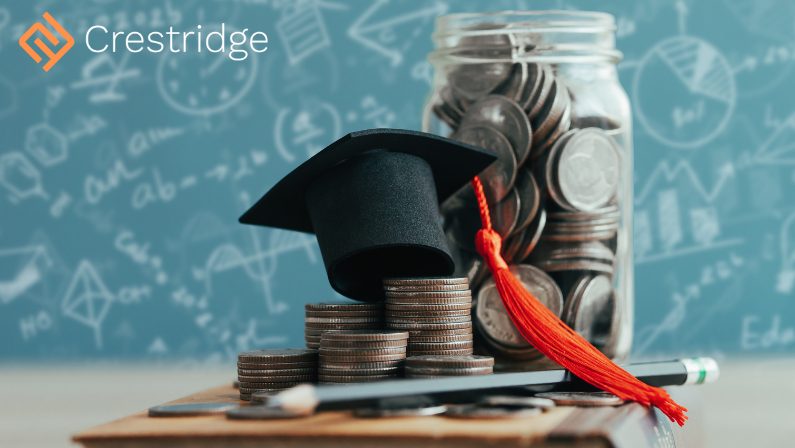When it comes to financing your education or handling various expenses, the choice between student loans and personal loans can be a critical decision. Each option offers distinct advantages and may be more suitable in specific scenarios. In this blog, we’ll compare student loans and personal loans, exploring situations where one might be a better fit for borrowers. Understanding the differences can help you make an informed choice that aligns with your financial needs and goals.

Student Loans:
- Designed for Education: Student loans are specifically tailored to fund educational expenses. They often come with lower interest rates compared to personal loans and offer deferment options while you’re in school.
- Fixed Terms and Repayment Plans: Student loans usually have structured repayment terms and various repayment plans, making it easier for graduates to manage their debt after leaving school.
- Interest Subsidies: Some federal student loans offer interest subsidies, meaning the government pays the interest on the loan while you’re in school or during deferment.
Personal Loans:
- Versatility: Personal loans can be used for a wide range of purposes, from consolidating debt to funding home improvement projects, or covering medical expenses. The flexibility is a significant advantage.
- Quick Access to Funds: Personal loans often have faster approval processes, making them suitable for immediate financial needs. This can be crucial in emergencies.
- No Restrictions: Unlike student loans, personal loans have no restrictions on how you can use the funds. You have the freedom to allocate the money as needed.
Scenarios Where Student Loans Excel:
- Education-Focused Expenses: If your primary goal is financing your education and you are eligible for federal student loans or subsidized loans, they are usually the better choice due to their lower interest rates and specific education-related benefits.
- Income-Driven Repayment Plans: Federal student loans offer various income-driven repayment plans, which can be more manageable for borrowers with uncertain or lower incomes after graduation.
Scenarios Where Personal Loans Shine:
- Non-Educational Expenses: When your financial need goes beyond education and encompasses various life expenses, personal loans provide the flexibility to address those needs.
- Immediate Financial Needs: If you need funds quickly for emergencies or opportunities that can’t wait, personal loans can be processed faster, giving you timely access to the required funds.
- Consolidating High-Interest Debt: Personal loans can be an effective tool to consolidate high-interest debt, potentially saving you money in interest over time.
Conclusion:
The choice between student loans and personal loans depends on your specific circumstances and financial goals. While student loans are tailored for educational expenses, personal loans offer more versatility and can be a practical solution for various needs. Consider your long-term financial objectives, the purpose of the loan, and your current financial situation when making this decision. Ultimately, the right choice will align with your individual needs and help you achieve your financial goals.
To learn how Crestridge Funding can help you, click below.